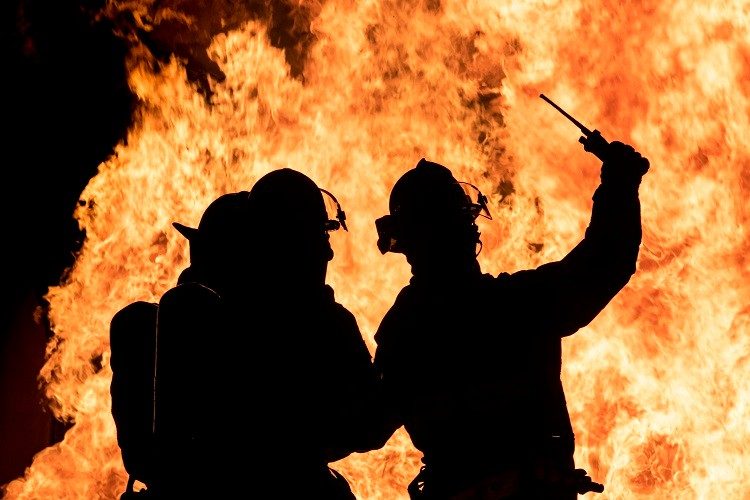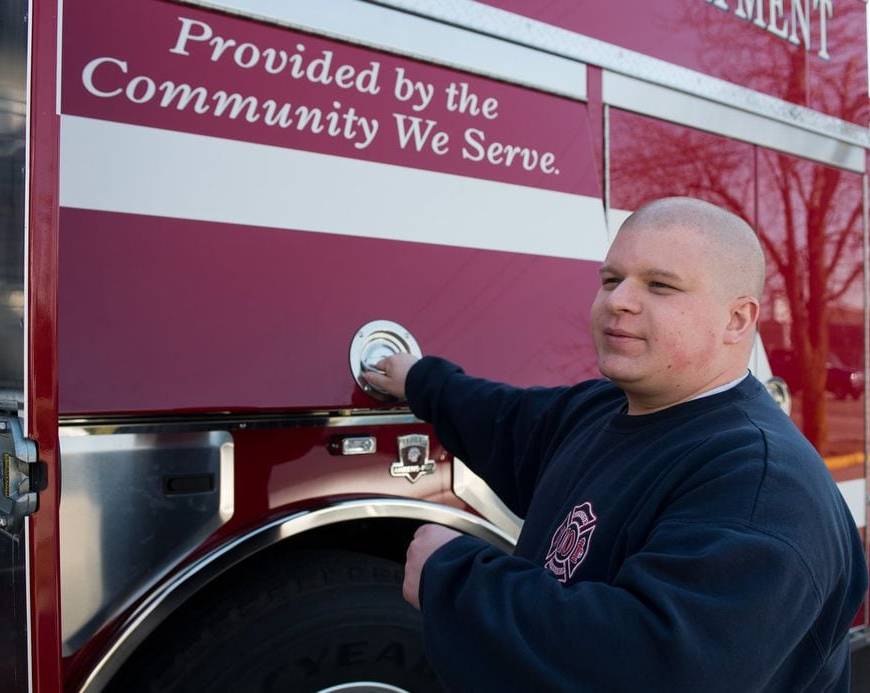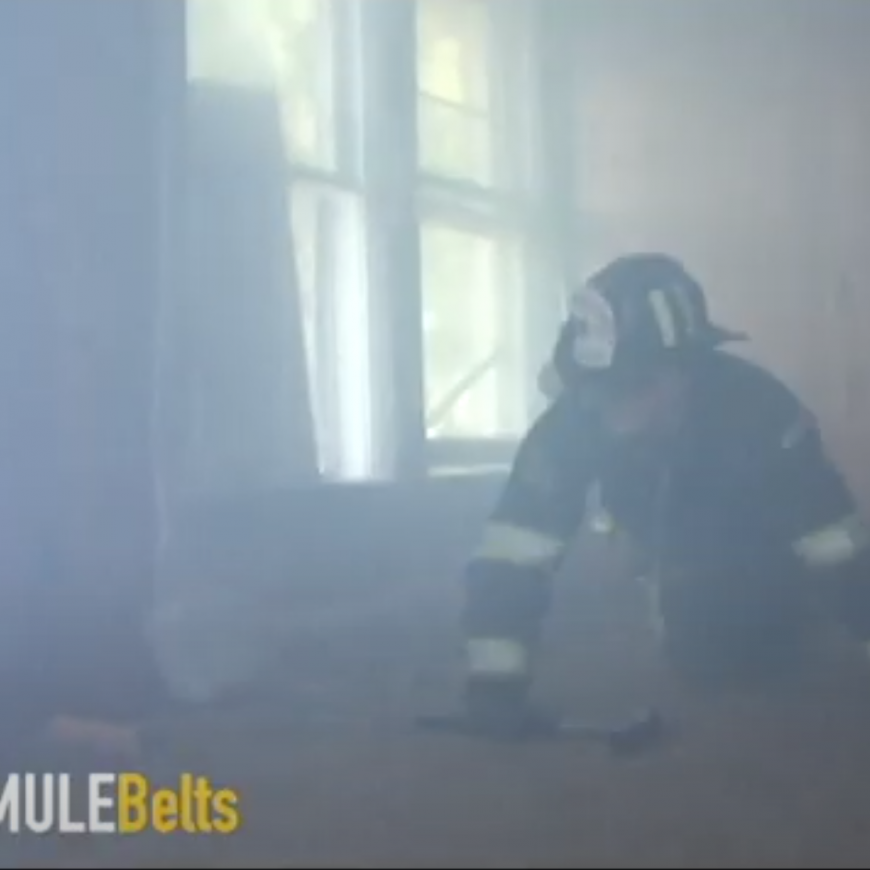NFPA 1802: Improving Standards for Firefighter Radios
Firefighters from the 23rd Civil Engineer Squadron signal for a radio check prior to advancing on a fire during nighttime, live-fire training January 10, 2017, at Moody Air Force Base in Georgia. (Photo courtesy of U.S. Air Force Staff Sgt. Ryan Callaghan.)
By John Facella
For the past five years, a group of firefighters, manufacturers, and experts have met across the United States to work on creating a new standard for portable radios. Because National Fire Protection Association (NFPA) 1802, Standard on Two-Way, Portable RF Voice Communications Devices for Use by Emergency Services Personnel in the Hazard Zone, is a new standard, and because a portable radio is a complex device, the effort has required much research into various areas such as easy-to-use ergonomics, voice intelligibility, survival in high-temperature environments, use of various accessories, intrinsic safety ratings, and many other areas. The intent is to define a more physically rugged portable radio designed for the rigors of interior firefighting, hazmat, and wildland operations.
The impetus for the project came, sadly, when two firefighters died in a residential structural fire in San Francisco, California. Lt. Vincent Perez and Firefighter/Paramedic Anthony Valerio were killed on June 2, 2011, when they became trapped while fighting a fire at a multilevel residence built into a hillside. The subsequent report from the National Institute for Occupational Safety and Health (NIOSH)1indicated that radio communications failures were one of several causes resulting in the firefighters’ deaths. San Francisco (CA) Fire Department (SFFD) Assistant Deputy Chief Jose Velo, who was part of the internal investigation team, stated at the time that it appeared that the cords connecting the portable radios to the remote speaker microphones had burned through2, making it impossible for the trapped firefighters to communicate with incident command.
After this tragedy, and as a result of the internal investigation report, SFFD Chief Joanne Hayes-White became aware that there were no national standards for the radios used by firefighters. She contacted the NFPA and requested it create a new standard for firefighter portable radios used in the hazard zone so that a radio failure would not in the future risk the lives of other firefighters.
NIOSH line-of-duty death reports have often cited radio communications as a factor. In 2014, the National Institute of Standards and Technology (NIST) had done some testing3 of portable radios under elevated temperature conditions of 320°F (160°C). Of the seven radios tested (from different manufacturers), none continued to operate properly after the high-temperature exposure.
In response to Chief Hayes-White’s inquiry, the NFPA created a new committee to address the portable radio survivability, and NFPA 1802 had begun. The project has been led by NFPA staff member David G. Trebisacci and Committee Chairman Robert J. Athanas, a career firefighter with the Fire Department of New York.



